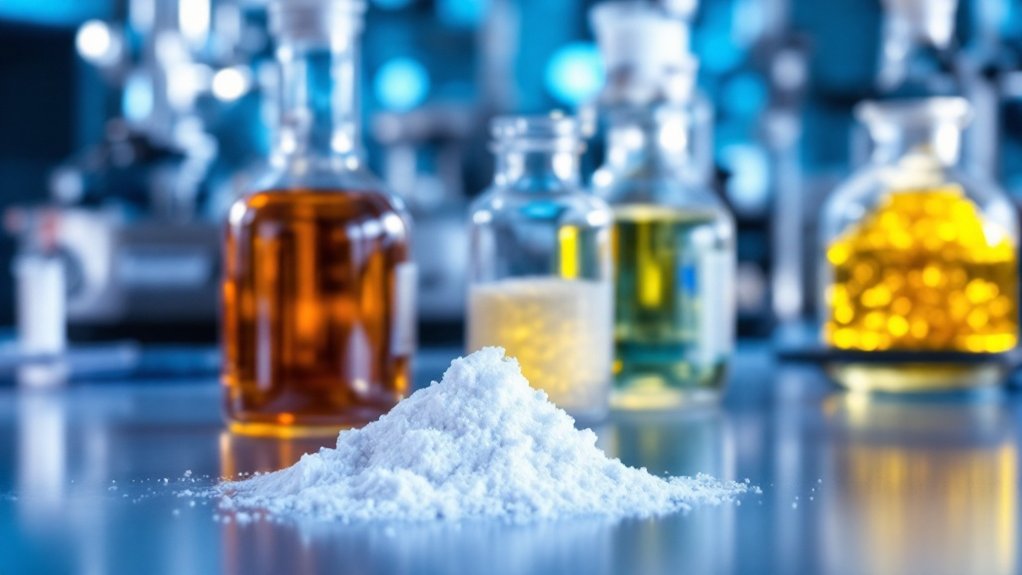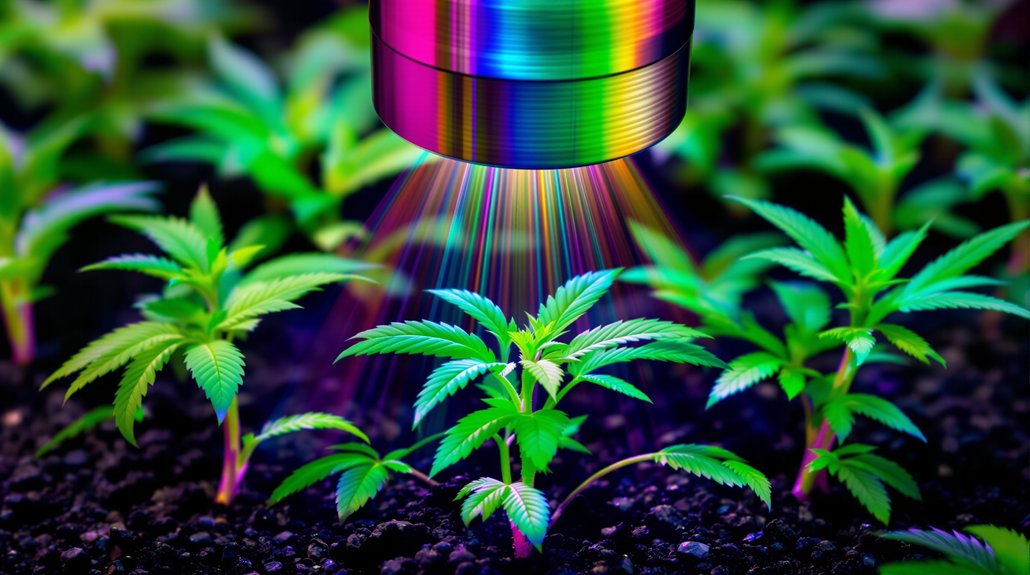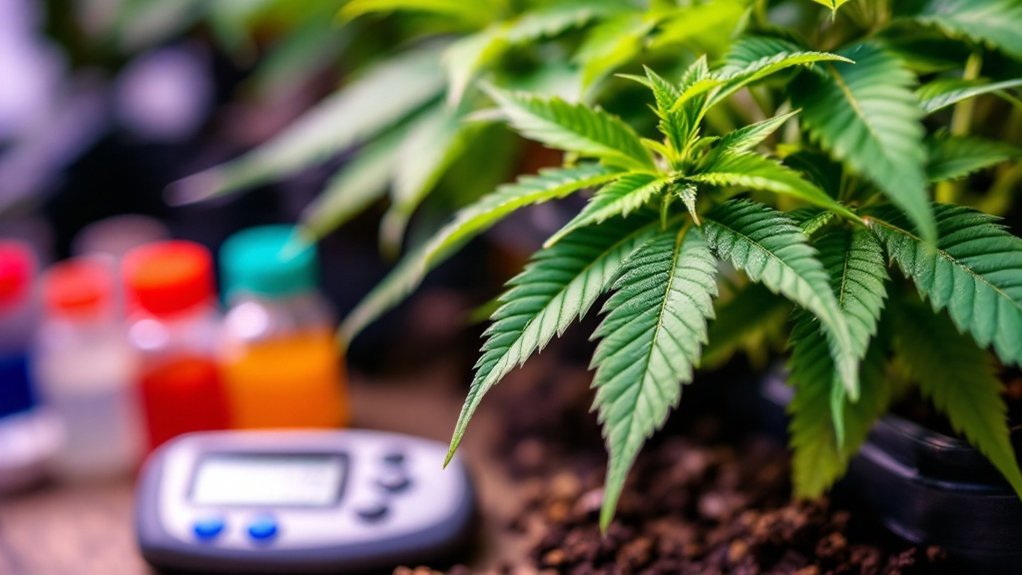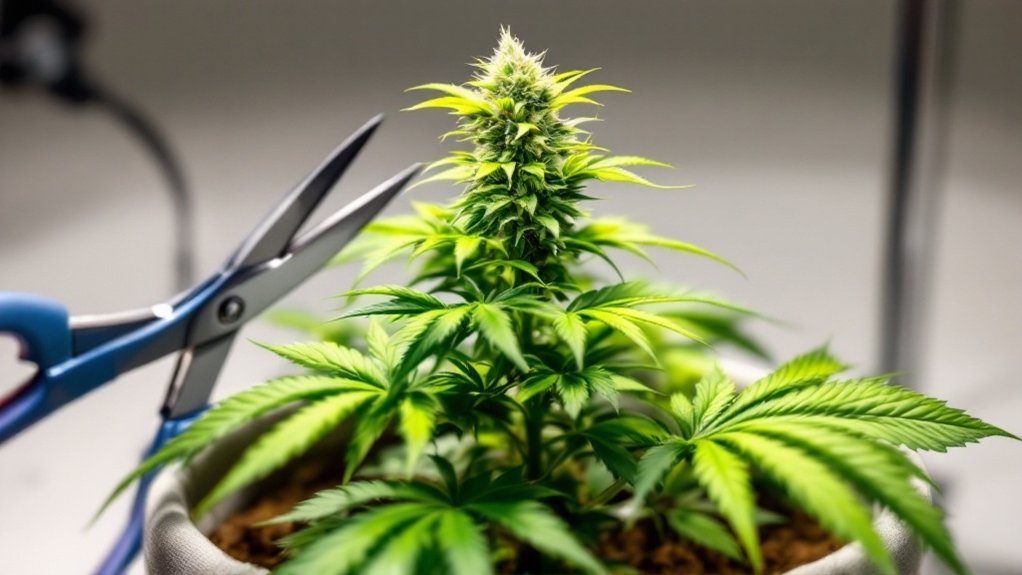Microdosing involves consuming approximately 1/100th of a standard dose of psychedelics, typically LSD or psilocybin mushrooms, remaining below the threshold for noticeable intoxication. Users report enhanced cognitive function, improved mood, and increased creativity, though these benefits may be influenced by expectancy effects rather than pharmacological action. Research remains limited, with undefined long-term safety profiles and legal concerns in many jurisdictions. Clinical applications exist in drug development and diagnostics, though standardized protocols are lacking. Further exploration reveals complex relationships between these subtle interventions and their reported effects.

While the practice of microdosing has gained considerable attention in recent years, scientific understanding of its effects remains in nascent stages. Microdosing involves consuming approximately 1/100th of a standard pharmacological dose of a substance, typically psychedelics like LSD or psilocybin mushrooms. This sub-therapeutic amount is deliberately calibrated to fall below the threshold for noticeable intoxication or hallucinations, allowing users to function normally in daily activities while potentially experiencing subtle benefits.
The appeal of microdosing largely stems from anecdotal reports suggesting enhanced cognitive function and improved mood. Users frequently describe experiencing greater clarity of thought, increased creativity, emotional balance, and improved focus throughout their day. However, it is important to note that formal scientific evidence supporting these widely reported cognitive benefits remains limited. Many users may experience expectancy effects rather than actual pharmacological benefits from the substances. Approximately 44% of microdosers report experiencing improved mental health including reductions in anxiety and depression symptoms. The effects are characteristically subtle, distinguishing the practice from recreational or spiritual use where full psychedelic experiences are sought.
In clinical contexts, microdosing serves a different purpose altogether. Researchers employ microdosing techniques in drug development, particularly in Phase 0 studies, to gather preliminary data on how compounds behave in the human body. These studies provide valuable information about absorption, distribution, metabolism, and excretion characteristics while minimizing physiological effects and reducing reliance on animal testing. This application extends beyond drug development into medical diagnostics for potentially improving disease detection and treatment options.
Despite growing popularity, microdosing carries several significant limitations and risks. The lack of standardized dosing protocols creates inconsistency across both personal use and research studies. Long-term safety profiles remain largely undetermined due to insufficient longitudinal research. Additionally, most substances commonly used for microdosing, such as LSD and psilocybin, maintain illegal status in numerous jurisdictions, presenting potential legal consequences for users.
Regulatory agencies recognize microdosing exclusively within controlled drug development frameworks, not for recreational or self-treatment purposes. The practice is not recommended for individuals with certain mental health conditions and should not replace established medical treatments.
As research continues to evolve, our understanding of microdosing’s effects, benefits, and risks will likely become more thorough. Current evidence suggests that while promising, microdosing requires careful consideration of both its potential benefits and its notable limitations within existing legal and medical frameworks.
Frequently Asked Questions
Is Microdosing Legal in Most Countries?
Microdosing remains illegal in most countries worldwide.
Psychedelics commonly used for microdosing, such as psilocybin and LSD, are generally classified as Schedule I substances under international conventions and national laws.
While some jurisdictions have begun decriminalizing or deprioritizing enforcement, these represent exceptions rather than the norm.
Legal microdosing opportunities exist primarily within limited research or medical frameworks.
The legal landscape continues to evolve, with varying enforcement priorities and penalties across different regions.
How Do You Measure the Correct Microdose?
Measuring a correct microdose requires precise equipment and careful technique. A digital scale with milligram sensitivity is essential for weighing dried mushrooms (0.1-0.5g) or plant material.
For substances like LSD (6-25μg), volumetric dosing is preferred—dissolving the substance in distilled water or alcohol, then calculating portions. Grinding materials guarantees even distribution of active compounds.
Consistent preparation creates reproducible results, while gradual titration helps individuals find their ideal sub-threshold dose.
Can Microdosing Interact With Prescription Medications?
Microdosing psychedelics can interact with prescription medications through pharmacodynamic and pharmacokinetic mechanisms.
Serotonergic drugs like SSRIs, MAOIs, and certain antipsychotics pose particular risks, potentially causing serotonin syndrome or diminishing psychedelic effects.
Medications sharing metabolic pathways in the CYP450 enzyme system may alter the concentration and duration of psychedelics in the bloodstream.
These interactions can modify therapeutic outcomes, increase adverse effects, or render microdosing ineffective, warranting careful consideration before combining substances.
How Long Should One Microdose Before Taking a Break?
Most evidence-based microdosing protocols suggest continuing for 4-8 weeks before taking a break.
The Fadiman protocol, which follows a “one day on, two days off” cycle, recommends a pause after approximately one month of use.
These breaks serve multiple purposes: they help prevent tolerance development, allow for objective assessment of effects, and give the body’s neurochemistry time to reset.
Individual responses vary, however, so duration may differ based on personal experiences and specific substances used.
Are There Long-Term Risks Associated With Regular Microdosing?
Research suggests several potential long-term risks associated with regular microdosing.
Studies have documented increased neuroticism with extended microdosing periods, while altered attentional states may impact normal cognitive functioning. Most subjective benefits lack substantiation in long-term assessments, possibly reflecting placebo effects rather than genuine improvements.
Current scientific literature remains limited by small sample sizes, reporting biases, and the absence of definitive controlled studies spanning extended periods. Additionally, unregulated substance use introduces risks of contamination and dosing errors that may compound over time.









